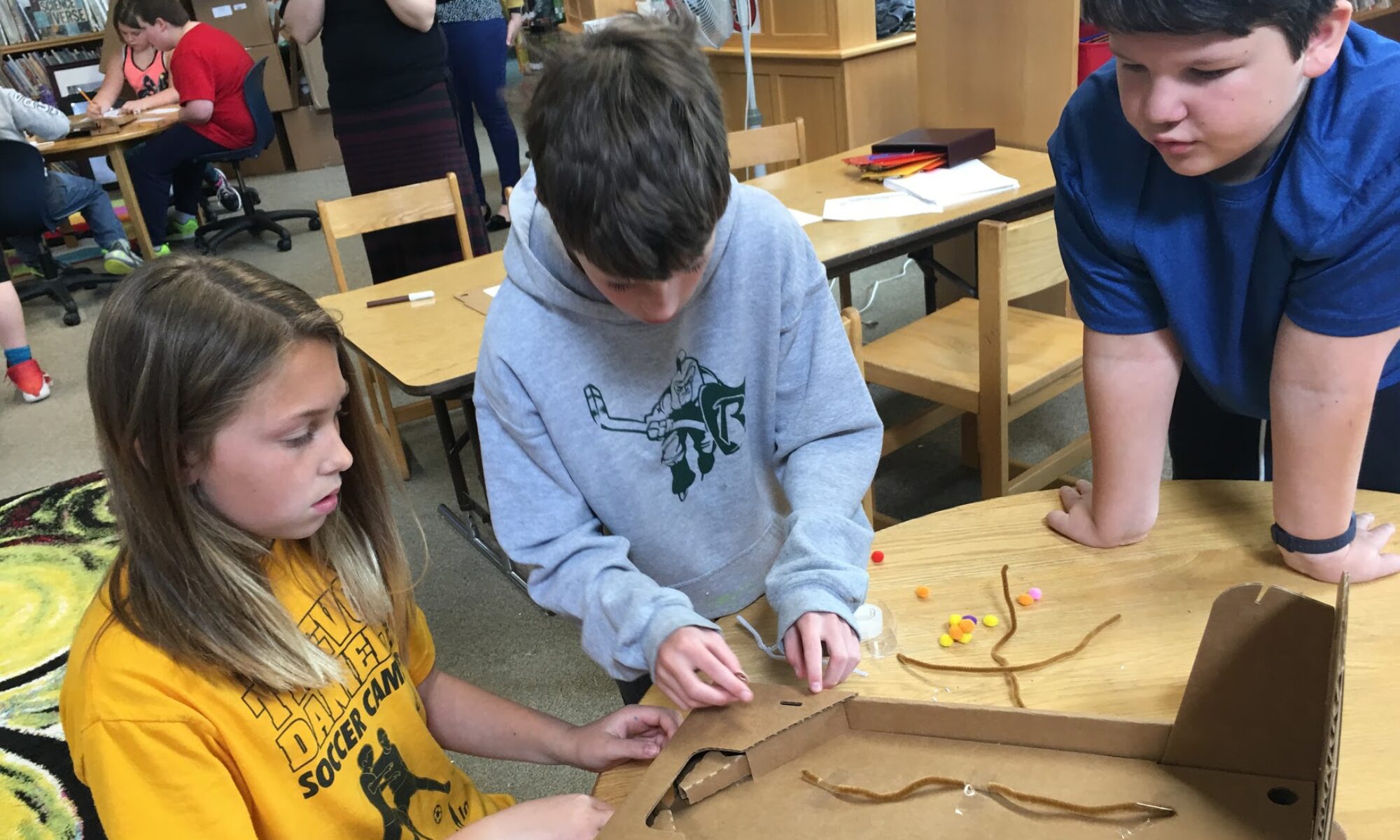What they are and how to use them
 In a recent blog post, I suggested access to technology can empower teachers to be responsive to students’ needs in a blended learning environment. I want to expand upon that notion and explore further how Open Educational Resources play an important role in how we teachers facilitate more personalized learning experiences.
In a recent blog post, I suggested access to technology can empower teachers to be responsive to students’ needs in a blended learning environment. I want to expand upon that notion and explore further how Open Educational Resources play an important role in how we teachers facilitate more personalized learning experiences.
What are Open Educational Resources? (OERs)
The Hewlett Foundation provides this definition:
“OERs are teaching, learning, and research resources that reside in the public domain or have been released under an intellectual property license that permits their free use and re-purposing by others. Open educational resources include full courses, course materials, modules, textbooks, streaming videos, test, software, and any other tools, materials, or techniques used to support access to knowledge.”
OERs span a large range of types of resources that run from full-on free courses, all the way to the specific, targeted, stand-alone resources like tests, videos, and simulations — all searchable by topic, discipline, age-range and standard.
How can Open Educational Resources work in a classroom?
Imagine a student given a chunk of in-school time to explore an interest in the Genius Hour/ Passion Project model. Now let’s imagine that student shows interest in nutrition.
A teacher/advisor/facilitator could work with the student to explore many of the course offerings about nutrition topics from EdX, Coursera, or Udemy to name a few. To explore more possibilities in this vein check out TeachThought’s list of 15 Free Learning Tools You’ve Probably Never Heard of .
On the other end of the continuum are online resources built to allow teachers and students to search for learning resources not embedded in a course structure.
These videos, simulations, readings, etc. can be built into an interest-based collection or “playlist” for the student to explore at their own pace. Gooru is a good example of a searchable repository of open educational resources.
How are they being used in Vermont?
Dan French, the superintendent of the Bennington Rutland Supervisory Union here in Vermont, presented Using Open Education Resources: An Introduction to Gooru Learning at VTFest recently. Among his points as he laid out the rationale for OER adoption is their ability to support personalized, independent student learning. He demonstrated the use of Gooru for this purpose by creating a Gooru playlist for participants to explore.
There exist a slew of other OER sites that function like Gooru to include OER Commons, OpenEd, CK-12, and others.
How to get started with Open Educational Resources
Andrew Marcinek in his Edutopia article Open Educational Resources Meet Instructional Design invites educators to rethink the instructional design process and challenges us to think differently about content delivery, formative assessment, and application or transfer of learning in an educational landscape where learners have ready access to these high quality, free, and editable resources.
He writes:
Whether you are using technology or simply shaking up the myopic way that the textbook has forced many of us to teach for years, the key is to begin with some questions about your instructional design:
- What skills do you want students to learn and apply?
- What content will you deliver, and how does it connect to the desired outcome and align with standards?
- How will you check for understanding and challenge students to apply their learning?
- How are you transitioning the learning from a passive experience to an active, creative experience?


Personalize learning with Open Educational Resources #GoOpen https://t.co/QroP3bp9BK
Personalize learning with Open Educational Resources https://t.co/EfmKlipgIm
Personalize learning with Open Educational Resources https://t.co/95ZgN1UYWK #vsla #vted
RT @MsDReads_vt: Personalize learning with Open Educational Resources https://t.co/95ZgN1UYWK #vsla #vted
RT @MsDReads_vt: Personalize learning with Open Educational Resources https://t.co/95ZgN1UYWK #vsla #vted
Personalize learning with Open Educational Resources – Innovation: Education https://t.co/x8xhv7UmLx https://t.co/i5IhIkSdYW
Personalize Learning with Open Educational Resources https://t.co/aruG6p52qz #VTed #OER Personalization begins with Personal Choice.
RT @finleyjd: Personalize Learning with Open Educational Resources https://t.co/aruG6p52qz #VTed #OER Personalization begins with Personal …